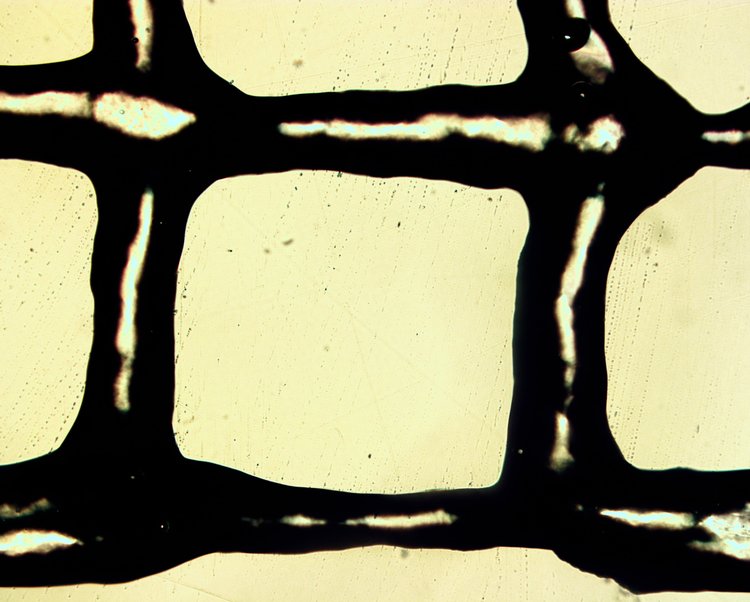
Overview
Gelatin is a sacrificial bioink that can be used for temporary support or to create channels, vessels, or vasculature for bioprinting purposes. Through reversible thermal gelation, gelatin remains solid at room temperature and can be melted away at 37°C. The recommended use for gelatin as a sacrificial material is as a FRESH support material. Below are results from printing gelatin individually. This protocol gives you step-by-step instructions for 3D bioprinting using gelatin.

Storage and Handling
Gelatin should be stored at room temperature in a dry environment.
You Will Need
In addition to gelatin, you will also need:
- Gelatin
- Plastic needles
- Petri dish or well plate for printing
- Optional: transwell plates can help avoid sample loss or damage throughout experiment. Keep in mind though that transwell membranes may inhibit imaging processes.
- Syringes
- For the Allevi 1/3: 5mL syringes
- For the Allevi 2: Sterile 10 ml syringes
- Deioinized Water
- Sterile filters*
- We suggest these for gelatin solutions.
Gelatin was dissolved in deionized water at 60°C in formulations of 5% (w/v) or 10% (w/v), then loaded into a syringe to half the total syringe volume and allowed to cool to room temperature. Print files of lines (included below) were completed at varying speeds and pressures. Three prints were completed at each setting and analyzed with ImageJ software.
Print Settings
| Gelatin Concentration (%) | Layer Height (mm) | Speed (mm/s) | Pressure (PSI) | Temperature (°C) | Gauge | Resolution (mm) |
|---|---|---|---|---|---|---|
| 5 | 0.3 | 10 | 22 | RT | 1.25″ tapered 25G | 0.90 ± 0.10 |
| 5 | 0.3 | 12 | 15 | RT | 1.25″ tapered 25G | 0.59 ± 0.14 |
| 5 | 0.3 | 14 | 22 | RT | 1.25″ tapered 25G | 0.72 ± 0.10 |
| 10 | 0.3 | 14 | 63 | RT | 1.25″ tapered 25G | 0.43 ± 0.21 |
G-code Files
- Gelatin lines F600 (lines printer at 10 mm/s)
- Gelatin lines F720 (lines printer at 12 mm/s)
- Gelatin lines F840 (lines printer at 14 mm/s)
- Pediatric Bronchi F840 (Pediatric Bronchi file used in Z-stack test)

After printed lines, Z-stack tests were completed with both 5% and 10% gelatin at 14 mm/s. 5% gelatin was able to support itself up to 1 mm height, while 10% gelatin was able to support itself up to 5 mm.
* If you are using cells, you must also complete all steps in a sterile environment in addition to sterile-filtering your gelatin.

